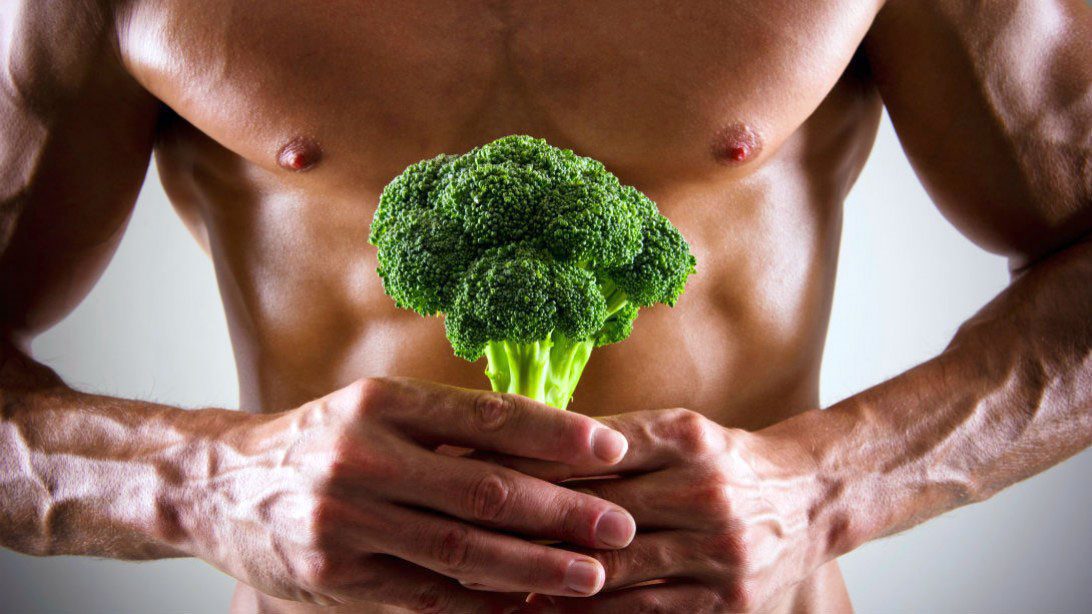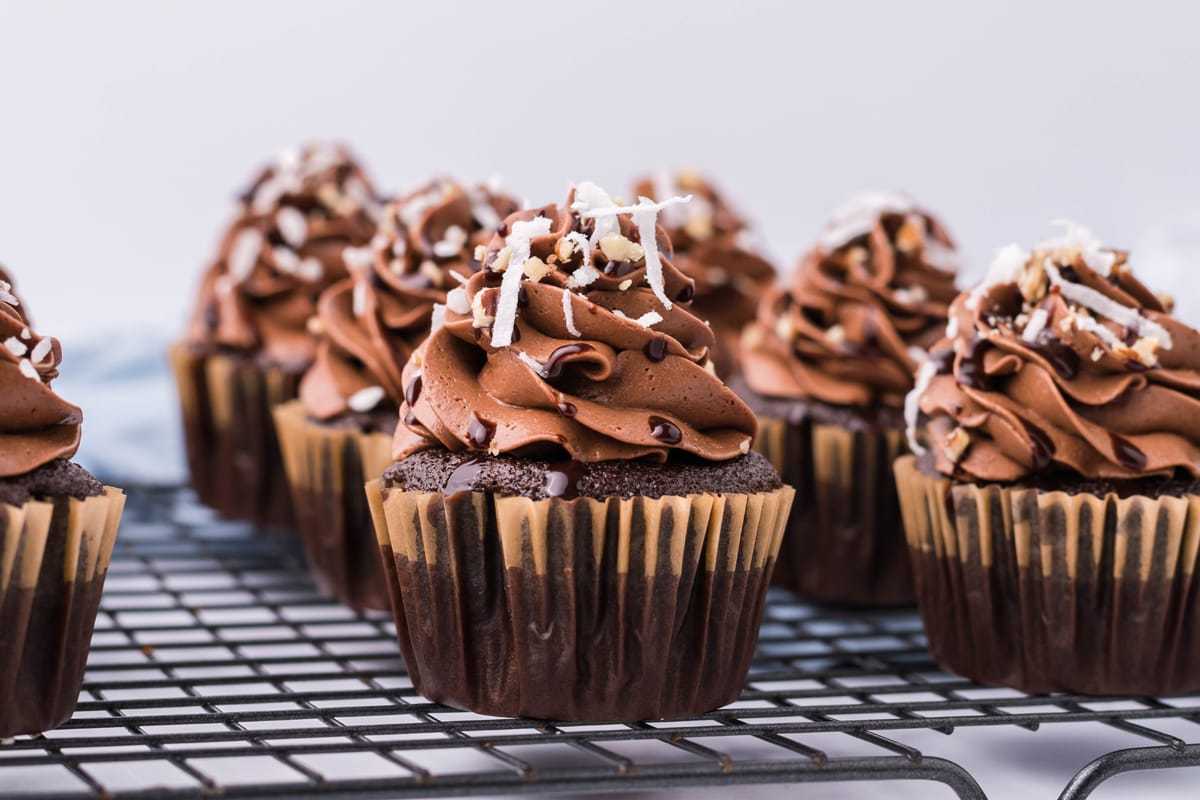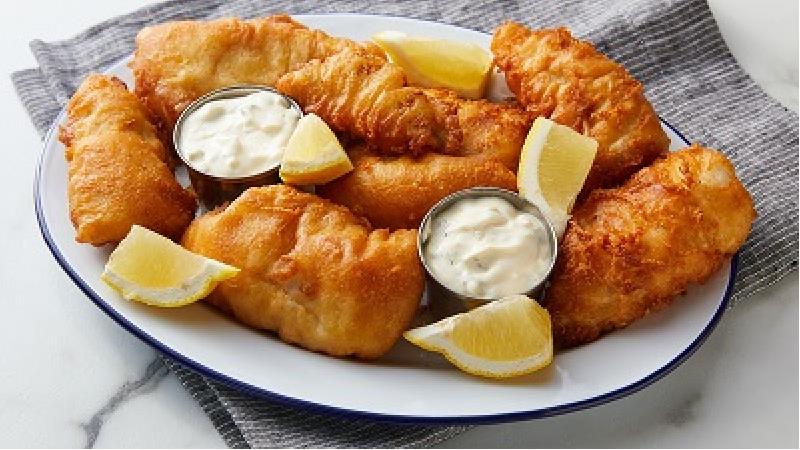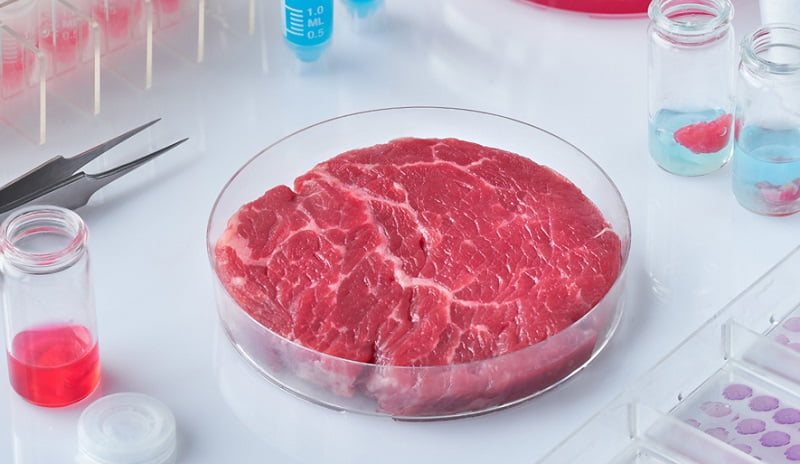Would a vegan diet help me recover faster for working out

Why Do Homemade Cupcakes That Are Not Kept in Refrigerator

Hey everyone, I’m Zahra here. I love making vegan cupcakes; they’re so quick and easy! To be honest, for me rarely have cupcakes left over, because my family always waits with their forks swoops in and devours them as soon as they cool.
But a few times when I’ve hosted friends, I’ve had to bake the cupcakes beforehand. I researched how to keep them fresh, and I’m happy to share my tips with you.
Here’s the most important thing to know: Don’t store homemade cupcakes in the fridge! The fridge will dry them out and make them stale. Instead, store them at room temperature in an airtight container. They’ll stay fresh for up to 2 days this way.
If you live in a hot climate, you can only keep the cupcakes at room temperature for a day. And if you use dairy products like custard in your cupcakes, you should serve them immediately after baking, because these ingredients can spoil quickly.
You may have heard that refrigeration can dry out cupcakes, and that’s absolutely true. The refrigerator’s cold and dry environment can cause moisture to evaporate from the cupcakes, leaving them dry and stale. The crystallization of sugar and flour is accelerated in the fridge, leading to a less desirable texture and taste. That’s why it’s best to avoid refrigerating homemade cupcakes.
If you want to keep homemade cupcakes at room temperature for a few hours, Here’s a step-by-step guide on how to store cupcakes without refrigeration:
Step 1: Allow the Cupcakes to Cool Completely
After taking your cupcakes out of the oven, let them cool completely on a wire rack. This allows the heat to dissipate and prevents moisture buildup inside the container.
Step 2: Choose an Airtight Container
Select an airtight container large enough to hold all the cupcakes without touching each other. This will prevent moisture loss and protect the cupcakes from outside air, which can cause them to dry out quickly.
Step 3: Store the Cupcakes in the Airtight Container
Place the cooled cupcakes gently into the airtight container, ensuring no damage to the frosting or toppings. Close the container tightly and prevent any air from entering.
Step 4: Find the Perfect Spot
Store the container of cupcakes in a cool, dry place away from direct sunlight. Avoid areas with high humidity, as it can promote mold growth and spoil the cupcakes faster.
Tips for Preventing Mold Growth and Disposing of Moldy Cupcakes
Mold growth is typical when storing cupcakes, especially in humid environments. Here are some tips to prevent mold growth and what to do if you encounter moldy cupcakes:
Allow the cupcakes to cool completely before storing them to prevent moisture buildup.
Whether you’re vegan or not, using vegan ingredients in your cupcakes is important, as dairy products and eggs can encourage mold growth.
Keep the cupcakes in an airtight container to minimize exposure to moisture and prevent mold growth.
Store cupcakes in a cool, dry place: Avoid storing cupcakes in hot or humid environments, as this will also encourage mold growth.
If you’re not going to eat the cupcakes within 2 days, you can freeze them. To do this, Wrap them individually in plastic wrap and place them in an airtight container before storing them in the freezer.and freeze for up to 3 months. Thaw the cupcakes overnight in the refrigerator before serving.
Use dairy-free frosting; dairy-free frostings are less likely to encourage mold growth than dairy-based frostings.
Using healthy oils, such as coconut oil, can help keep your cupcakes moist and prevent them from stale.
Avoid exposing the cupcakes to extreme temperatures or direct sunlight, as it can affect their texture and taste.
By following these tips, you can help prevent mold growth on your cupcakes and enjoy them for longer.
Remember, Check the cupcakes regularly for any signs of mold. If you spot mold, it’s important to dispose of the cupcakes immediately.
The Durability and Health Benefits of Vegan Cupcakes
I’ve discovered that by substituting traditional ingredients with plant-based alternatives, vegan cupcakes can stay fresh for longer periods and offer a healthier option for indulging in sweet treats.
Dairy-Free Frostings
One of the reasons vegan cupcakes stay fresh is the absence of dairy-based frostings. Dairy products like cream cheese or whipped cream have a shorter shelf life and require refrigeration. Vegan frostings, on the other hand, often use plant-based ingredients like coconut milk or almond milk, which do not spoil as quickly and can be safely stored at room temperature.
Egg Replacements
Eggs are another ingredient that can contribute to spoilage in cupcakes. In vegan baking, eggs are commonly replaced with alternatives like chia seeds or flaxseeds mixed with water. These replacements provide moisture and binding properties without the risk of spoilage associated with eggs.
Healthier Oil Options
You can use healthier oil options like coconut oil as a substitute. Coconut oil not only adds a delicious flavor to the cupcakes but also offers various health benefits, including antimicrobial properties and healthy fats.
Can Vegan Cupcakes Be Refrigerated?
I get asked this question all the time. The answer is Yes, vegan cupcakes can be refrigerated; if you’re going to eat them within a few days, you can store them at room temperature in an airtight container. But if you’re not going to eat them right away, or if you live in a hot climate, the fridge is a good option. Just be sure to let them come to room temperature before serving so they don’t taste too cold.
How to Make Delicious Vegan Fish with Lentil Tofu at Home

Will Vegetarians Eat Lab-Grown Meat

Vegan Gheymeh Nesar Recipe Iranian Cuisine
